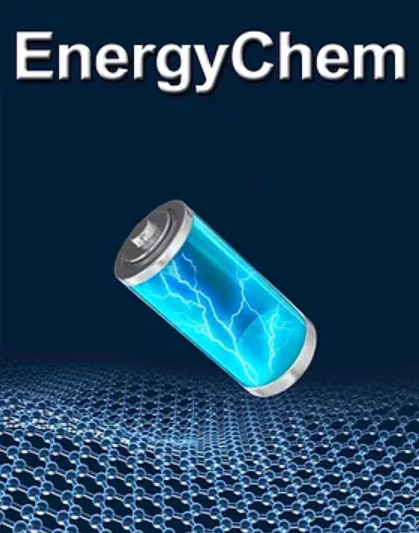用于全固态锂电池的高熵固体电解质的最新进展
IF 22.2
Q1 CHEMISTRY, MULTIDISCIPLINARY
引用次数: 0
摘要
由于化石燃料的不可再生性增加了对能源的需求,可充电电池作为可持续发展的重要手段取得了重要进展。电解液作为可充电电池的“心脏”,直接决定了电池的循环性能。目前电解质常存在工作温度有限、室温离子电导率不理想等问题。高熵策略中电极材料的引入提高了电池的循环性能,因此相应的高熵电解质(HEEs)因其无序结构而具有很高的研究价值。然而,目前对于高效合成HEEs仍缺乏明确的概念和指导方针,相应的性能提升机制也不明确,制约了HEEs的进一步发展。本文综述了HEEs在全固态电池中的应用及其工作机理。首先,介绍了HEES的发展历史和相关定义。然后讨论了HEES在现有固体电解质体系中的应用及其作用机理,重点讨论了其对离子电导率和界面润湿性的改善。然后介绍了目前HEEs的常用合成方法和先进的表征技术。最后,提出了高等教育目前尚未解决的问题和相应的潜在发展路径。本文综述为高性能固态电解质的商业应用研究提供了新的思路和见解。本文章由计算机程序翻译,如有差异,请以英文原文为准。
Recent advances in high-entropy solid electrolytes for all-solid-state lithium batteries
Rechargeable batteries have made important progress as an important means of sustainable development because of the non-renewable nature of fossil fuels has increased the demand for energy. As the “heart” of a rechargeable battery, the electrolyte directly determines the cycling performance of the battery. At present, electrolytes often have problems such as limited operating temperature and unsatisfactory ionic conductivity at room temperature. The introduction of electrode materials into the high-entropy strategy has improved the cycling performance of batteries, so the corresponding high-entropy electrolytes (HEEs) have high research value due to their disordered structure. However, there is still a lack of clear concepts and guidelines for efficient synthesis of HEEs, and the mechanism of corresponding performance improvement is unclear, which restricts the further development of HEEs. Herein, we summarize the application and working mechanism of HEEs in all-solid-state batteries. First, the development history and related definition of HEES are introduced. Then we discuss the application of HEES in existing solid electrolyte systems and its corresponding action mechanism, focusing on its improvement in ionic conductivity and interface wettability. Then, the current common synthesis methods and advanced characterization techniques of HEEs are introduced. Finally, the currently unsolved problems of HEEs and the corresponding potential development pathway are proposed. This review provides new ideas and insights for the study of high-performance solid-state electrolytes for commercial applications.
求助全文
通过发布文献求助,成功后即可免费获取论文全文。
去求助
来源期刊

EnergyChem
Multiple-
CiteScore
40.80
自引率
2.80%
发文量
23
审稿时长
40 days
期刊介绍:
EnergyChem, a reputable journal, focuses on publishing high-quality research and review articles within the realm of chemistry, chemical engineering, and materials science with a specific emphasis on energy applications. The priority areas covered by the journal include:Solar energy,Energy harvesting devices,Fuel cells,Hydrogen energy,Bioenergy and biofuels,Batteries,Supercapacitors,Electrocatalysis and photocatalysis,Energy storage and energy conversion,Carbon capture and storage
 求助内容:
求助内容: 应助结果提醒方式:
应助结果提醒方式:


